
Fertility is often described as a natural capability of giving life. Fertility in humans depends on many different factors working together. For example, it may depend on one’s age, nutrition, sexual behavior, emotions, lifestyle habits and hormones. It may come as a surprise, but humans are among the least fertile of all species on earth. The chances of conception in any month of unprotected sexual intercourse are about 20% in humans. If a couple is older, and if a woman is in her 40’s, the chances are reduced to 5%. Human fertility depends on various factors in both men and women. Both sexes have hormonal cycles that determine when is a man most virile and when a woman can achieve pregnancy. In addition, their reproductive years are also significantly important in the terms of fertility.
Male fertility
Fertility in males is associated with the volume of semen, motility of the sperm and sperm morphology. There is strong evidence that indicates that men over 50 have decreased fertility rates, when compared with men under 30. Sperm count is one of the important factors in semen quality. It is a measure of concentration of sperm in a man's ejaculate. The sperm count decreases with age and negatively affects male fertility. American Fertility Society also recommends an age limit for sperm donors of 50 years or less. Male fertility accounts for 40 to 50 percent of infertility. In most cases it occurs as a result of deficiencies in the semen and its quality.
Female fertility
The reproductive years for females begin in early puberty when menstruation occurs. The end of the menstruation also marks the end of the reproductive years. However, the reproductive capacity of a woman declines as she becomes older. Female fertility peaks between the ages of 22 to 26 and then gradually declines as a woman approaches menopause. Technically, women can become pregnant at any given time during their reproductive years. However, woman is most likely to conceive two days before and two days after the ovulation. Ovulation is a process that occurs in the mid of a menstrual period and it is marked by rupturing of the mature ovarian follicle and discharging of an egg. At birth, women have all their follicles, and their number gradually declines until menopause.
According to the most recent investigations, by the time women are 30 years old, only about 10% of their non-growing follicles remain. The reproductive era for women ends when the remaining follicles in the ovaries are incapable of responding to the hormonal cues that are triggering follicles to mature. This is the beginning of menopause.




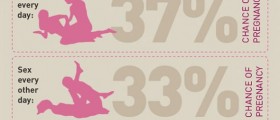
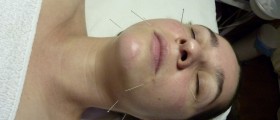
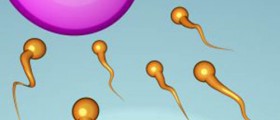


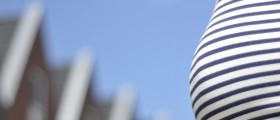





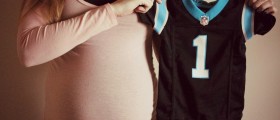

Your thoughts on this
Loading...